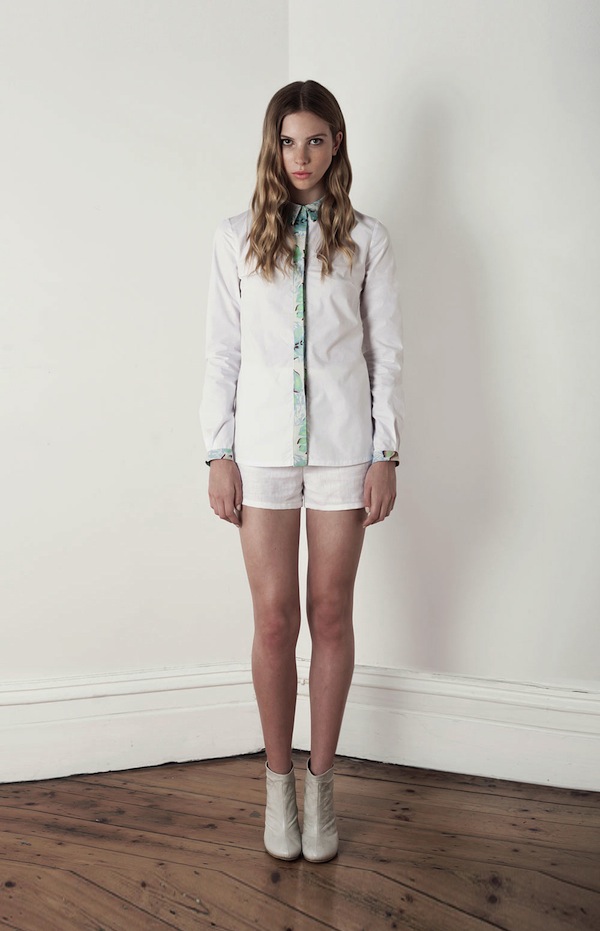The concept of getting dressed and then undressed is a fascinating exploration of fashion, identity, and the human experience. From the moment we choose our outfits to the instant we shed them at the end of the day, our clothing choices speak volumes about who we are and how we wish to be perceived. Understanding this duality not only highlights the significance of personal style but also emphasizes the emotional connection we have with our garments. The process of dressing and undressing can reveal deeper insights into our moods, aspirations, and even our vulnerabilities.
Throughout history, clothing has served not just as a cover but as a canvas for self-expression. The act of dressing can be ritualistic, a way to prepare ourselves for the world, while undressing can symbolize relaxation, intimacy, or even a shedding of societal expectations. As we delve into the intriguing world of fashion, we discover how the seemingly simple actions of dressing and then undressing encapsulate complex narratives that shape our identities.
In this article, we will explore various dimensions of the dressed and then undressed phenomenon, examining how it relates to different aspects of life—from personal experiences to celebrity culture. We will also look at how evolving fashion trends impact our understanding of these actions and what they mean in our daily lives. Join us as we unravel the intricate layers of dressing and undressing, and discover how these moments reflect our inner selves.
What Does Dressing and Undressing Mean to Us?
When we talk about being dressed and then undressed, we touch upon the significance of clothing in our lives. Dressing is often associated with preparation—preparing for work, a date, or a social event. It signifies our readiness to face the world. On the other hand, undressing can signify relief or freedom, a moment to let go of the day's pressures.
How Do Fashion Trends Influence Our Dressing Choices?
Fashion trends play a pivotal role in dictating how we dress. From the bold colors of the 80s to the minimalist aesthetics of the 2020s, each era brings new styles that influence how we present ourselves. The moment we choose what to wear, we engage with these trends, whether consciously or subconsciously. This connection to fashion trends shapes our identity, often reflecting our values and social standing.
Are There Psychological Impacts of Dressing and Undressing?
Yes, the psychology behind dressing and undressing is profound. Studies show that what we wear can affect our mood and behavior. For instance, wearing formal attire can boost confidence and productivity, while comfortable loungewear can promote relaxation and ease. The act of undressing, on the other hand, can lead to a sense of vulnerability and intimacy, especially in personal relationships.
Who Is Influential in the World of Dressing and Undressing?
Many celebrities and fashion icons have made significant contributions to the concepts of dressing and undressing. From red carpet appearances to candid moments captured in everyday life, these figures often set trends that ripple through society. Their choices highlight the importance of style, and how dressing and undressing can be a powerful form of communication.
What Can We Learn from Celebrity Fashion Choices?
Celebrity fashion often dictates what is considered stylish or acceptable. By observing their dressing and undressing moments, fans can glean insights into current trends and personal expression. Whether it's a stunning gown at an awards show or a casual outfit spotted on a coffee run, these choices can inspire us to explore our own styles.
Dressed and Then Undressed: A Case Study
One fascinating case study is the evolution of fashion icon Rihanna. Known for her bold fashion choices, Rihanna's journey through various styles is a perfect example of the dressed and then undressed phenomenon. From her early days in casual attire to her daring red carpet looks, and even her relaxed moments captured in social media posts, each outfit tells a story.
| Personal Details | Bio Data |
|---|---|
| Name | Robyn Rihanna Fenty |
| Birth Date | February 20, 1988 |
| Nationality | Bajan |
| Occupation | Singer, Fashion Designer, Entrepreneur |
| Notable Achievements | Multiple Grammy Awards, Fenty Beauty founder |
What Are the Cultural Aspects of Dressing and Undressing?
Cultural norms significantly shape our dressing and undressing practices. In some cultures, dressing up is a sign of respect, while in others, casual attire is more accepted. The way we undress—whether in privacy or in public—also varies widely across cultures, often reflecting societal attitudes towards nudity and body image.
How Does the Concept of Dressed and Then Undressed Evolve Over Time?
Fashion is cyclical, and trends often re-emerge with a modern twist. The concept of dressed and then undressed has evolved alongside societal changes. With movements towards body positivity and inclusivity, the way we approach clothing and the act of undressing has transformed, leading to a more accepting and diverse understanding of fashion.
What Is the Future of Dressing and Undressing?
As we look to the future, the concepts of dressing and undressing will likely continue to evolve. With the rise of digital fashion and virtual reality, the way we express ourselves through clothing may change dramatically. Sustainability in fashion will also play a crucial role, influencing our choices and the narratives we create around our dressing and undressing habits.
In conclusion, the journey of being dressed and then undressed is more than just a daily routine; it’s a reflection of our identities, emotions, and societal influences. By understanding this dynamic, we can appreciate the art behind our clothing choices and the stories they tell about us. From the psychological effects to cultural implications and celebrity influences, the exploration of dressing and undressing opens up a world of self-discovery and creativity.



